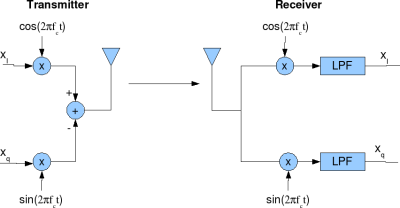
IQ imbalance in transmitter
Typical communication systems use I-Q modulation and we had discussed the need for I-Q modulation in the past. In this post, let us understand I-Q imbalance and its effect on transmit signal.

Typical communication systems use I-Q modulation and we had discussed the need for I-Q modulation in the past. In this post, let us understand I-Q imbalance and its effect on transmit signal.

In this post, let us discuss a simple implementation friendly scheme for computing the absolute value of a complex number . The technique called (alpha Max + beta Min) algorithm is discussed in Chapter 13.2 of Understanding Digital Signal Processing, Richard Lyons and is also available online at Digital Signal Processing Tricks – High-speed vector…
This is a guest post by Jose Antonio Urigüen who is an Electrical and Electronic Engineer currently studying an MSc in Communications and Signal Processing at Imperial College in London. This guest post has been created due to his own curiosity when reviewing some concepts of BER for BPSK in Rayleigh channnel published in the…
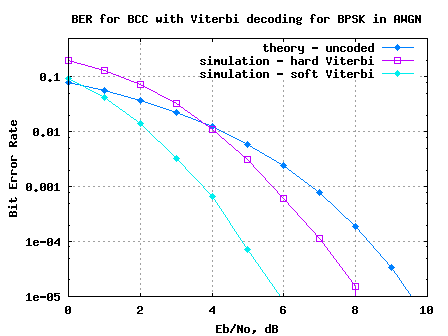
In two previous posts, we have discussed Convolutional Coding and the associated hard decision Viterbi decoding. In this post lets extent Viterbi decoding algorithm to soft input decision scheme. The modulation used is BPSK and the channel is assumed to be AWGN alone.
After a gap of around 7 months, we decided to migrate to a new template (recall, last time we changed was in May 2008). The template which we decided to use is designed by Elegant Themes. They have a wide array of themes and I chose to use the Who’s Who theme.
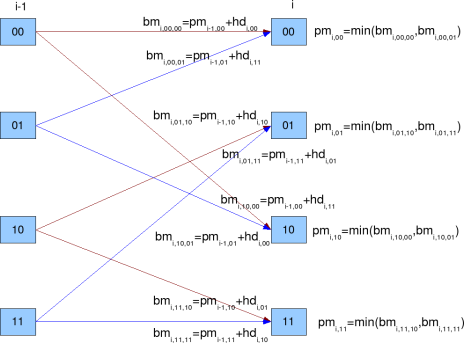
Coding is a technique where redundancy is added to original bit sequence to increase the reliability of the communication. Lets discuss a simple binary convolutional coding scheme at the transmitter and the associated Viterbi (maximum likelihood) decoding scheme at the receiver. Update: For some reason, the blog is unable to display the article which discuss…
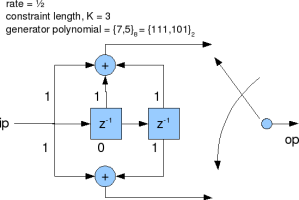
Coding is a technique where redundancy is added to original bit sequence to increase the reliability of the communication. In this article, lets discuss a simple binary convolutional coding scheme at the transmitter and the associated Viterbi (maximum likelihood) decoding scheme at the receiver. Update: For some reason, the blog is unable to display the…
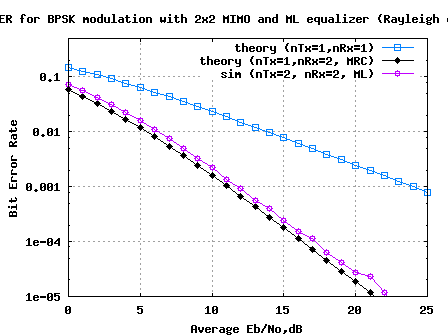
We have discussed quite a few receiver structures for a 2×2 MIMO channel namely, (a) Zero Forcing (ZF) equalization (b) Minimum Mean Square Error (MMSE) equalization (c) Zero Forcing equalization with Successive Interference Cancellation (ZF-SIC) (d) ZF-SIC with optimal ordering and (e) MIMO with MMSE SIC and optimal ordering From the above receiver structures, we…
We have installed Google FriendConnect on dspLog.com. With Google Friend Connect, you can: (a) You can interact with other members who have similiar interests. You will come to know the list of other sites (apart from dspLog.com) where the members have joined. You can add a member as a friend and so on. (b) You…
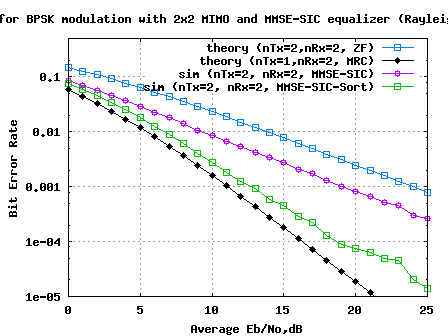
This post attempts to build further on the MIMO equalization schemes which we have discussed – (a) Minimum Mean Square Error (MMSE) equalization, (b) Zero Forcing equalization with Successive Interference Cancellation (ZF-SIC) and (c) ZF-SIC with optimal ordering. We have learned that successive interference cancellation with optimal ordering improves the performance with Zero Forcing equalization….
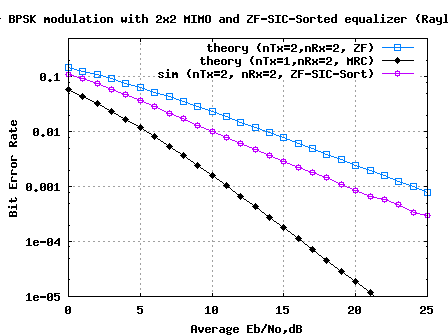
In previous posts, we had discussed equalization of a 2×2 MIMO channel with Zero Forcing (ZF) equalization and later, Zero Forcing equalization with successive interference cancellation (ZF-SIC). In this post, we will explore a variant of ZF-SIC called Zero Forcing Successive Interference Cancellation with optimal ordering. We will assume that the channel is a flat…
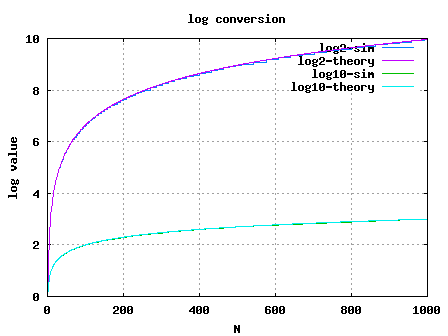
In signal processing blocks like power estimation used in digital communication, it may be required to represent the estimate in log scale. This post explains a simple linear to log conversion scheme proposed in the DSP Guru column on DSP Trick: Quick-and-Dirty Logarithms. The scheme makes implementation of a linear to log conversion simple and…
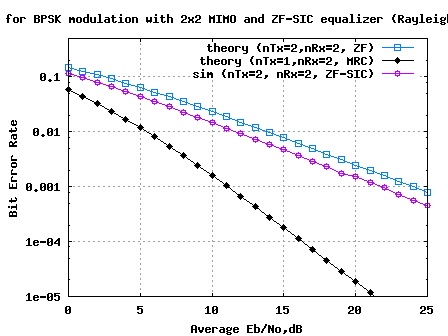
The post on MIMO with Zero Forcing equalizer discussed a probable way of equalizing a 2×2 MIMO channel. The simulated results with the 2×2 MIMO system with zero forcing equalizer showed matching results as obtained in for a 1×1 system for BPSK modulation in Rayleigh channel. In this post, we will try to improve the…